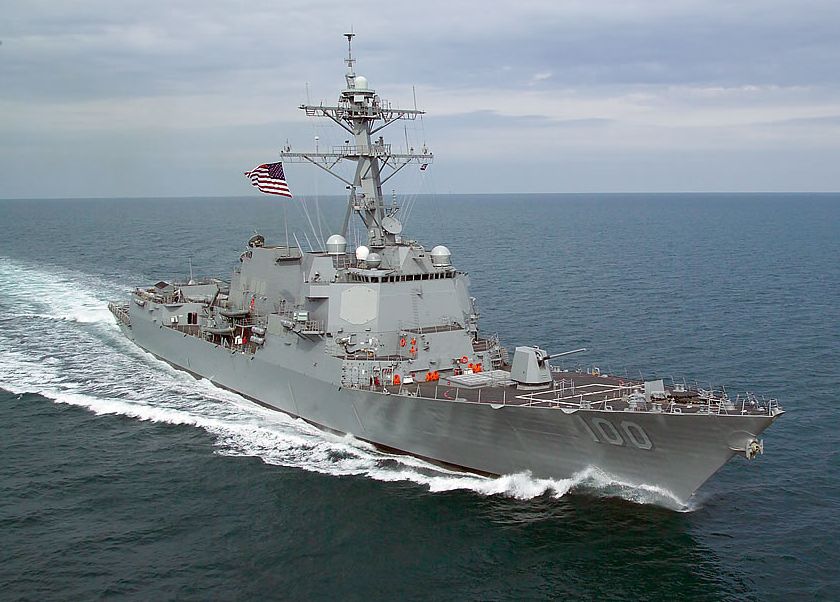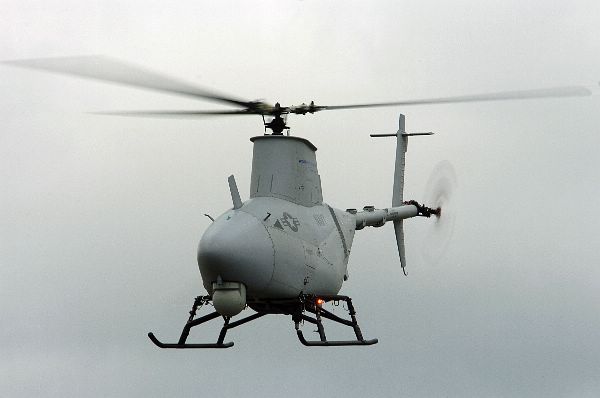The Philippines said its biggest warship was locked in a standoff on Wednesday with two Chinese surveillance ships that were blocking the arrest of Chinese fishermen in the disputed South China Sea.
The incident is one of the most high-profile flare-ups in recent years between the two countries over their competing territorial claims to parts of the South China Sea, which is believed to sit atop vast oil and gas deposits.
Eight Chinese boats that had been caught illegally fishing were anchored within Philippine territory off Scarborough Shoal, 124 nautical miles from the western coast of the country’s main island of Luzon, the government said.
The foreign affairs department statement said the Philippine Navy’s flagship vessel, the Gregorio Del Pilar, found the fishing boats there on Sunday while patrolling the area.
Two “Chinese maritime surveillance ships” then sailed to the shoal on Tuesday, the statement said.
The surveillance ships placed themselves between the Gregorio del Pilar and the fishing boats, “thus preventing the arrest of the erring Chinese fishermen”, the statement said.
“The situation has remained unchanged as of this morning,” it said.
Philippine navy personnel who initially boarded the Chinese boats discovered illegally collected corals, giant clams and live sharks inside their compartments, according to the statement.
Foreign department spokesman Raul Hernandez said it was not clear whether the Chinese surveillance ships were armed, and that efforts were being made to settle the issue peacefully.
“What is happening now is that there is this situation that has not changed, there is a standoff, and we would like to resolve this,” Hernandez said over DZBB radio in Manila.
Foreign Affairs Secretary Albert del Rosario contacted China’s ambassador to the Philippines, Ma Keqing, on Tuesday night to emphasise that the area was “an integral part of Philippine territory”, according to the government statement.
Ma had been called in for discussions with del Rosario on Wednesday morning, it said.
China insists it has sovereign rights to all of the South China Sea, even waters close to the coast of other countries and hundreds of kilometres (miles) from its own landmass.
The Philippines says it has sovereign rights over areas of the sea within its 200-nautical-mile exclusive economic zone, and that its position is supported by international law.
Apart from China and the Philippines, Taiwan, Malaysia, Brunei and Vietnam also have overlapping claims to parts of the South China Sea, making the waters one of Asia’s potential flashpoints for armed conflict.
The Philippines and Vietnam complained last year of increasingly aggressive acts by China in staking its claim to the South China Sea.
The Philippines accused Chinese vessels of firing warning shots at Filipino fishermen, as well as harassing an oil exploration vessel and placing markers on islets within Filipino territory.
Philippine concerns about China’s perceived aggressiveness prompted it to seek help from the United States in building up its poorly equipped military and weak maritime defence capabilities.
The United States responded favourably, delivering the Gregorio del Pilar, a a 115-metre (378-foot) decommissioned US coast guard cutter, to replace a World War II-era vessel as the Philippine Navy’s biggest and newest ship.
The United States promised more military aid and a second patrol vessel is due to arrive this year.
The Philippines is also hoping to acquire American F-16 fighter jets, President Benigno Aquino told AFP last month.
Zhang Hua, spokesman for China’s embassy in Manila, declined to comment on Wednesday’s stand-off when contacted by AFP Wednesday.











